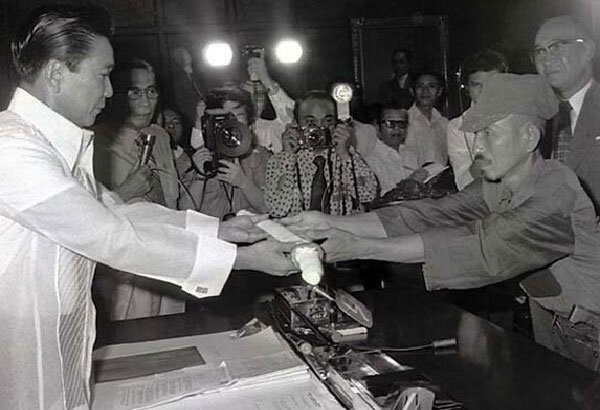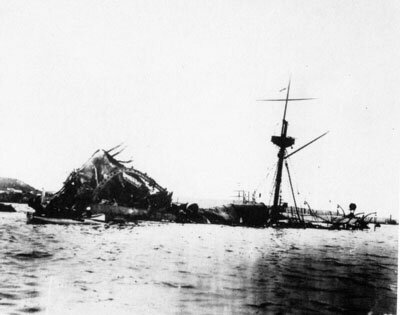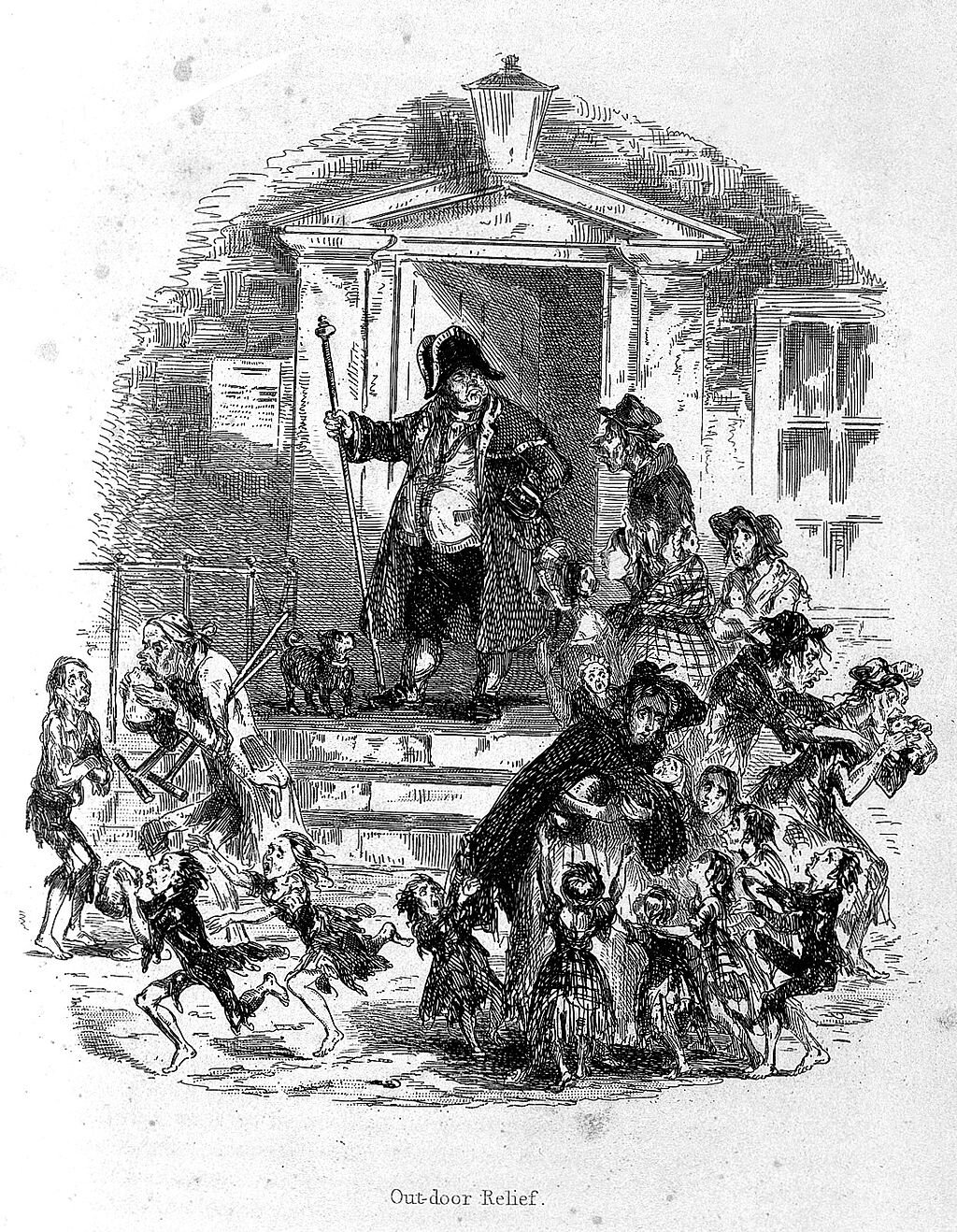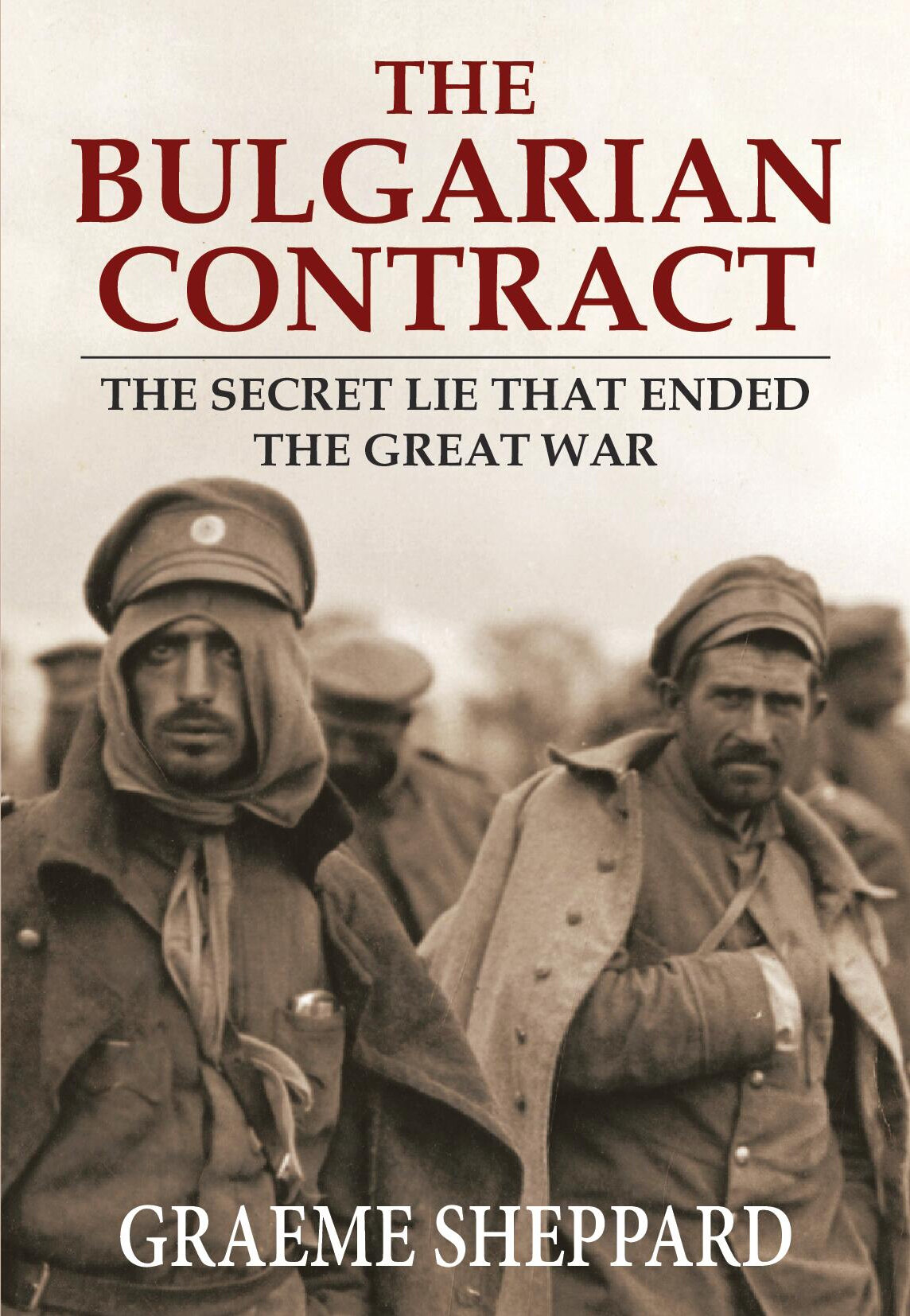History has portrayed Thomas Cromwell (circa 1485 to 1540) as the ambitious fixer of King Henry VIII of England. Here, C. M. Schmidlkofer looks at Cromwell’s life, including five interesting aspects.
Thomas Cromwell, 1530s. Painting attributed to Hans Holbein the Younger.
Born a commoner, Cromwell reached unheard of heights of political power under Henry Tudor, who bestowed upon him numerous titles typically reserved for English royalty. By the end of his life in 1540, Cromwell was the most powerful person under the King.
An attorney by trade, Cromwell came into the King’s service after the Lord Chancellor Cardinal Wolsey fell from the King’s grace. Cromwell assisted Wolsey in dissolving numerous monasteries to fund the Cardinal College and The King’s School, Ipswich.
Cromwell was already a member of the Privy Council in 1531 and was subsequently awarded offices starting with Master of the King’s Jewel House in 1932 to Earl of Essex in 1540.
Cromwell worked behind the scenes to pave the way for Lady Anne Boleyn to become Henry’s second wife and queen, to removing her six years later and ultimately to her beheading and arranging Henry’s fourth marriage to Anne of Cleves, which led to his downfall (Henry didn’t like Anne, although he married her anyway, divorcing her not long afterwards).
But writers such as Hilary Mantel – author of the Wolf Hall trilogy - have dug deep into old letters and documents of the time, resulting in what one may call a “softer” side of this complex and mysterious man.
1. Cromwell may have had a “thing” for Mary Tudor
There is evidence that Cromwell worked on behalf of King Henry VIII’s displaced first daughter, Mary Tudor, when the King divorced her mother, Queen Catherine of Aragon, after 24 years to marry Anne Boleyn.
Because Mary refused to acknowledge the second marriage and her new status as an illegitimate offspring, displeasing King Henry, she was placed in the service of Boleyn’s aunt as well as her toddler half-sister, Elizabeth, and refused access to her imprisoned mother who refused to accept the divorce.
Numerous letters between Mary and Cromwell during this time indicate he sometimes acted as an intermediary between Mary and Henry when it came to Catherine’s imprisonment and Mary’s banishment from court. The overall tone indicates a level of compassion and possibly affection.
Once father and daughter reconciled (by Mary finally conceding to Henry’s wishes after Catherine’s death), rumors swirled that Cromwell had an interest in marriage to Lady Mary, which did not please King Henry and concerned Cromwell’s ever-present detractors.
Historians speculate that Lady Mary was godmother to Cromwell’s first child, which would have fit into his plans to secure future postings from the king for his family.
In addition, there is some thought among historians that Lady Mary was godmother to Cromwell’s first grandchild, born in 1537.
2. Cromwell was generous
According to historians, Cromwell was a devoted and loving parent. And he used his powerful positions under King Henry VIII to promote and protect his family, friends and those in service in his enormous household.
Thomas Cranmer was one helped by Cromwell, who engineered Cranmer’s rise to archbishop, thus paving the way for Henry to be created Leader of the Church of England, ultimately leading to Henry’s divorce from Queen Catherine to marry Lady Mary Boleyn.
When Thomas More, the former Lord Chancellor, was imprisoned in the Tower, it was Cromwell who made sure he had the basic necessities and, according to Mantel, gently tried coaxing his old friend to support the King’s efforts to save his life. More would not abandon his religious leanings, however, and ended up being executed for treason.
It is estimated Cromwell fed from his own kitchen up to 200 people who appeared at his gates daily. He took in the unfortunate and waifs, providing shelter, food and employment and, when not busy with the King’s work, created social and economic reforms to improve conditions for the less fortunate.
3. Cromwell’s new laws had some benefits
Cromwell is credited for most of the foundations for England’s departments of state, many of which are still in place today.
His reformations made each parish responsible for its own poor and instituted the practice of registering events such as marriages, deaths and baptisms in parish records.
His new laws helped cities with sewage and water distribution as well.
While raiding the monasteries, abbeys and nunneries of their wealth to line the King’s pockets, Cromwell also created laws requiring parishes to help the homeless and jobless and new tax laws requiring merchants and noblemen to help fund almshouses.
By founding two courts of Wards and Surveyors, he created a more efficient way for taxation and leasing, and by extending sovereign authority into northern England, Wales and Ireland, he created a politically integrated kingdom.
4. Cromwell had Protestant Leanings
Despite Cromwell’s devotion to Cardinal Wolsey, he took risks for Protestantism and skillfully promoted Reformers into the Cardinal’s service.
Those promotions consisted of young scholars who were well-paid staff on Wolsey’s Oxford College, now known as Christchurch, and were found to be Protestants to everyone’s surprise.
According to Cromwell’s friend, John Fox, Cromwell was introduced to the Reformation after reading a new translation of the Bible. Erasmus translated the Bible into new Latin from Greek, which created interest in people to look at religion in a new way, and Fox believes that is what started Cromwell on the road to Reformation.
Ultimately, Fox pointed to Cromwell’s final words at the scaffold in 1540, which included no references to the prevailing Catholic beliefs mandated by King Henry.
While he started his speech stating he was dying as a Catholic, he did not request prayers or masses for his soul when he died, which was unusual enough for witnesses to note.
His final prayer indicated Lutheran leanings – which his judgment by God would be by faith alone rather than following the Catholic protocol.
5. Cromwell was multilingual
In a time when travel outside of the country was highly unusual for the common man, Cromwell spoke fluent French and Italian, and perhaps Greek and Spanish.
Historians credit Cromwell’s stint in the French army and years spent in Italy for learning those languages, but it is unclear how he learned Greek and Spanish, only that he may have thought being able to speak those languages would be useful to him at some point. It is generally agreed Cromwell learned Latin through schooling or reading.
What do you think of Thomas Cromwell? Let us know below.

















